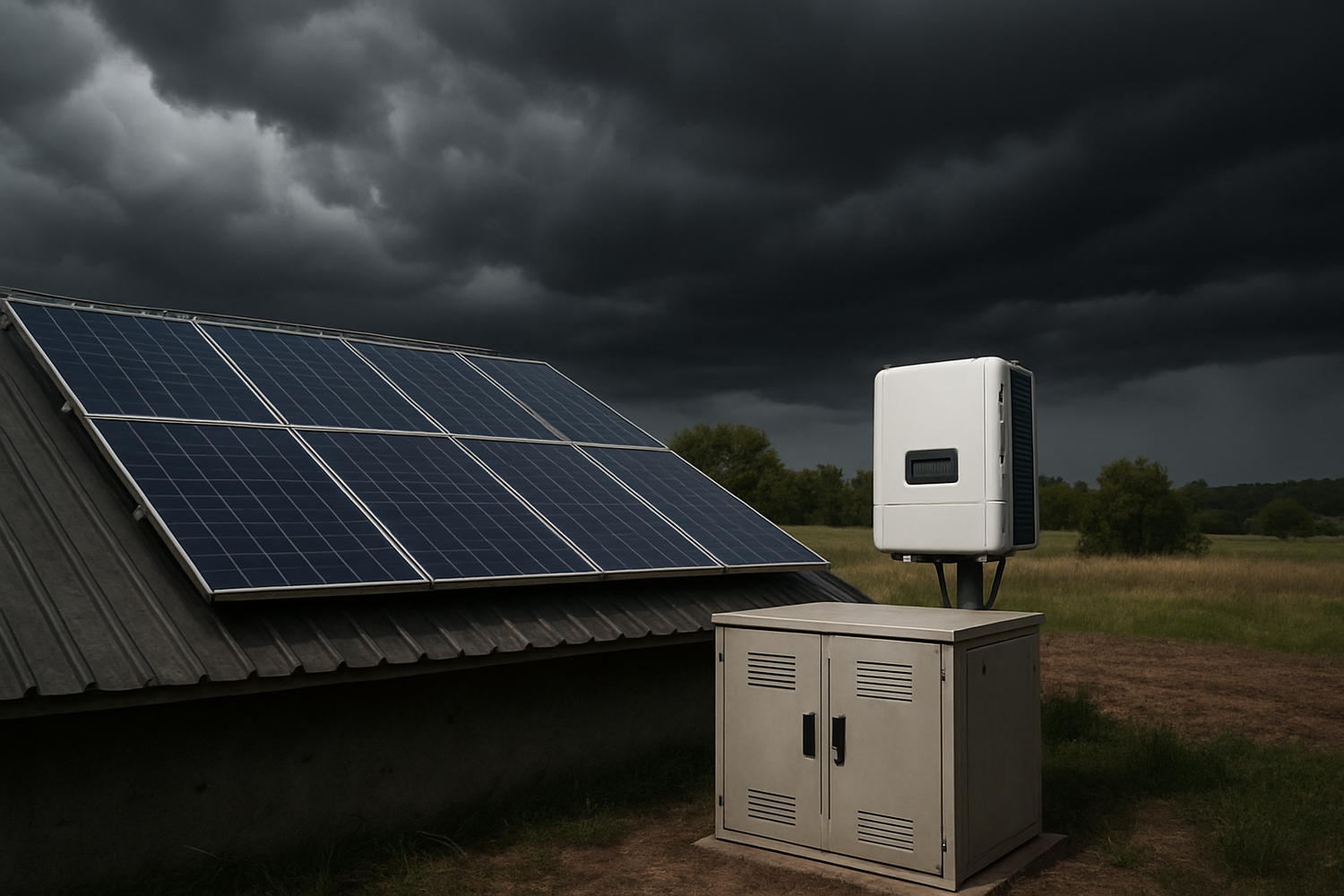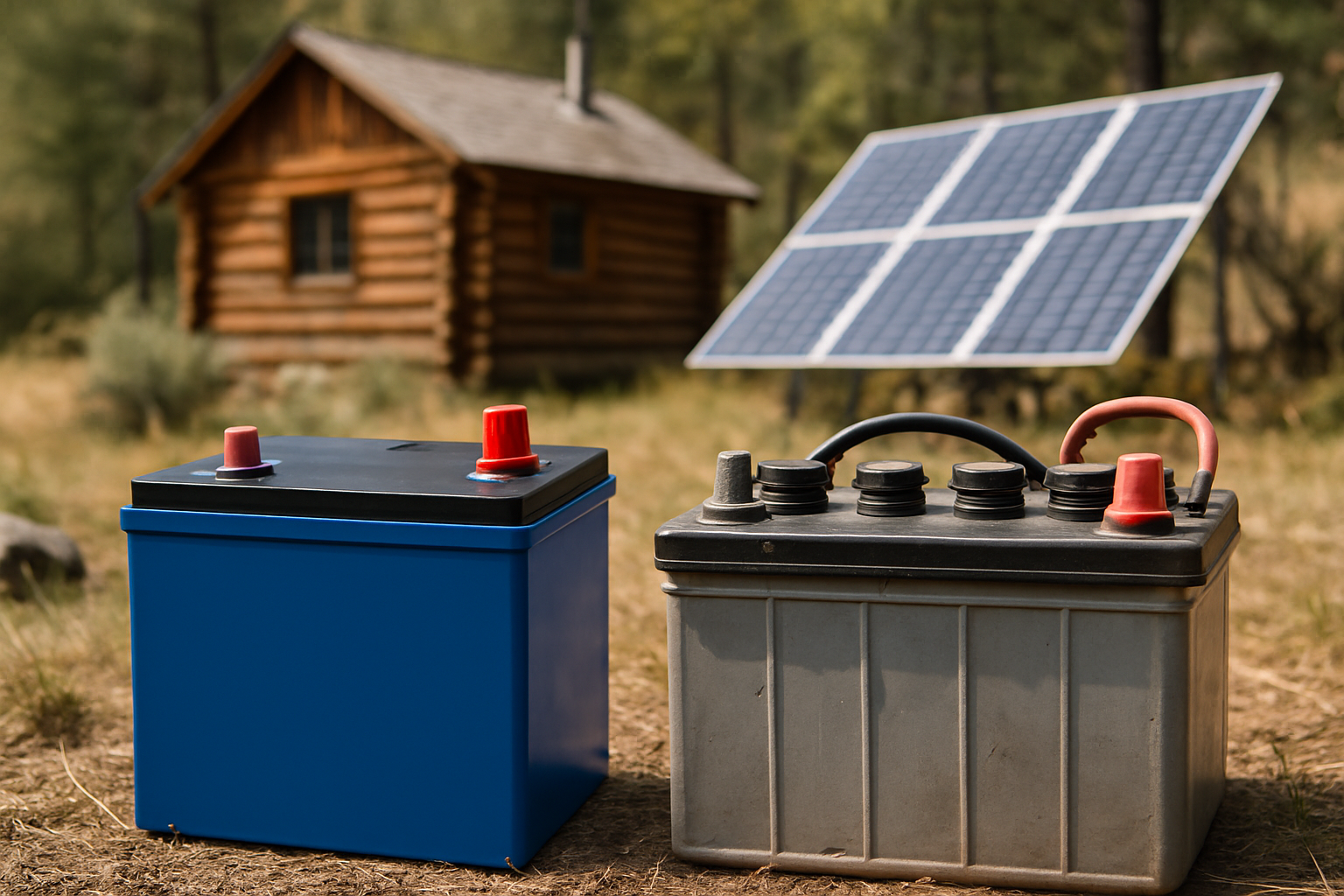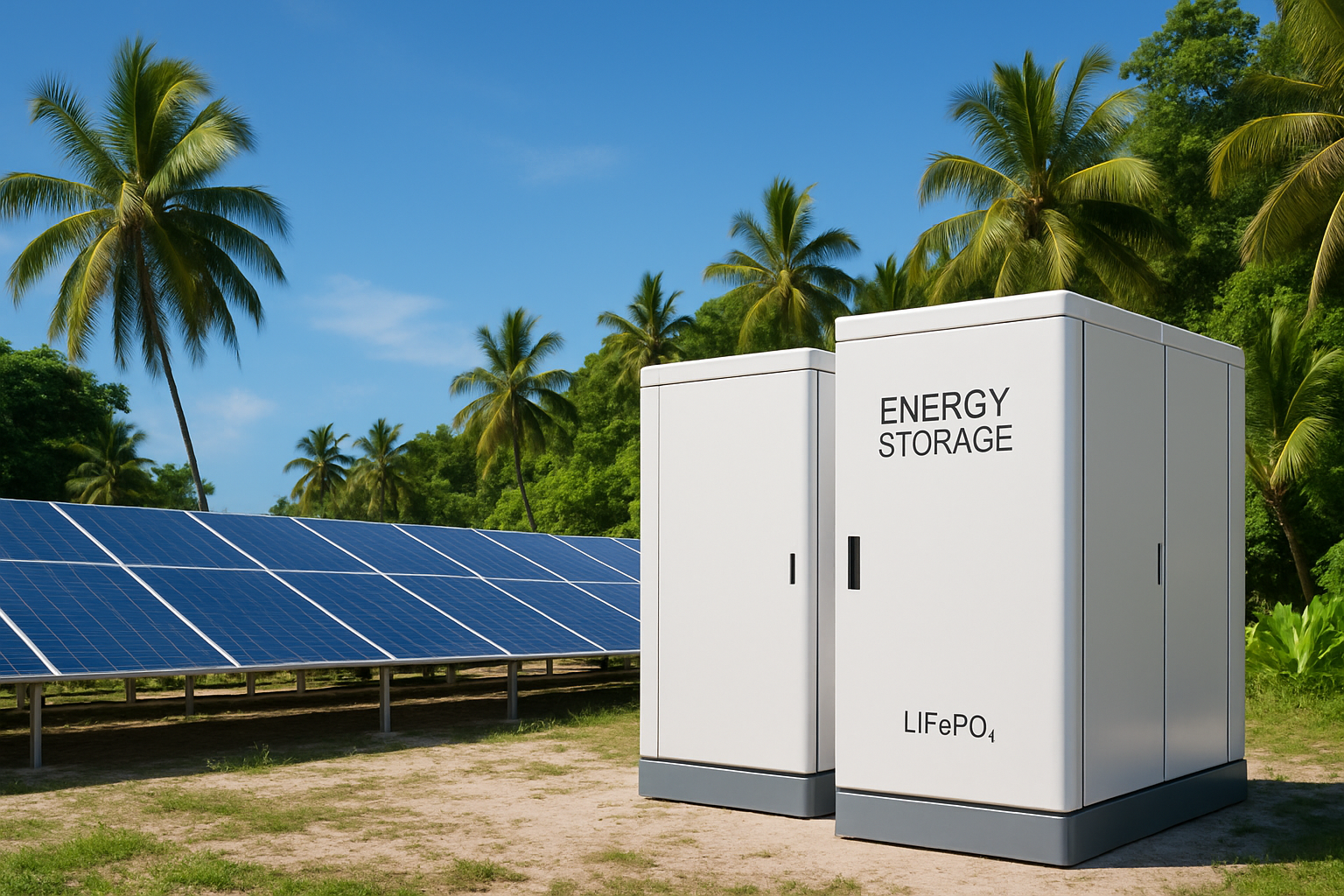Living off-grid offers unparalleled energy independence, but it also means taking full responsibility for your power system. Severe weather events, from heavy rains and strong winds to lightning strikes, pose significant threats to your off-grid batteries. Proactive measures are crucial to prevent damage, ensure system longevity, and maintain a consistent power supply when you need it most. This comprehensive checklist guides you through preparing your off-grid battery system for the challenges of a storm, helping you avoid costly repairs and power interruptions.

Understanding Storm Threats to Off-Grid Batteries
Off-grid battery systems face unique vulnerabilities during adverse weather. Recognizing these threats helps you implement targeted protection strategies.
Types of Storm Damage
- Water Ingress: Heavy rainfall can lead to flooding or leaks, damaging battery terminals, casings, and internal components. Moisture can cause short circuits and corrosion, significantly degrading battery performance and safety.
- Wind Damage: Strong winds can dislodge solar panels, wiring, and battery enclosures. Flying debris poses a direct physical threat, potentially puncturing battery casings or severing critical connections.
- Lightning Strikes: Direct or nearby lightning strikes can induce massive power surges. These surges overload electrical components, including charge controllers, inverters, and the batteries themselves, leading to irreversible damage.
- Temperature Extremes: Prolonged exposure to extreme cold or heat can impact battery efficiency and lifespan. Freezing temperatures can reduce capacity and potentially damage certain battery chemistries if not properly insulated.
Impact on Battery Performance and Longevity
The consequences of storm damage extend beyond immediate power loss. Compromised batteries can experience reduced capacity, shorter lifespan, and increased safety risks. For instance, a battery system designed for resilience, like those using advanced lithium iron phosphate (LiFePO4) technology, can offer enhanced safety and reliability, even under challenging conditions. Such robust systems are often integral to critical infrastructure, demonstrating their capacity to support essential services. For example, large battery storage projects, such as the Hornsdale Power Reserve in Australia, are designed to participate in frequency regulation and contingency reserve markets, showcasing the inherent robustness required for critical system support.
Damage can also lead to an imbalance within the battery bank, affecting the overall system's efficiency and requiring early replacement. This underscores the need for preventative measures to maintain the integrity of your investment in energy independence.
Pre-Storm Preparation Checklist
Thorough preparation is your best defense against storm-related battery issues. Follow these steps to fortify your off-grid power system.
Physical Protection Measures
- Secure Battery Enclosures: Ensure battery enclosures are watertight and securely fastened. Check for any cracks or openings that could allow water or debris to enter. Consider elevating batteries on platforms to protect against ground-level flooding.
- Anchor Solar Panels: Verify that solar panels are firmly mounted and all racking hardware is tightened. High winds can turn panels into dangerous projectiles and sever connections to your battery system.
- Clear Surroundings: Remove any loose items around your solar array and battery storage area that could become airborne in strong winds, such as garden furniture, tools, or tree branches. Trim overhanging tree limbs that could fall onto equipment.
- Inspect Wiring and Connections: Examine all visible wiring for fraying, cracks, or loose connections. Secure cables to prevent them from flapping in the wind or being pulled apart. Use UV-resistant cable ties and conduits.
Electrical System Checks and Safeguards
- Verify Grounding: A properly grounded system is vital for dissipating electrical surges, including those from lightning. Confirm all grounding connections are intact and corrosion-free.
- Install Surge Protectors: Implement surge protection devices (SPDs) at appropriate points in your system, including on the DC side from solar panels and the AC side to and from your inverter. SPDs divert excess voltage away from sensitive equipment, protecting your batteries and electronics.
- Check Charge Controller Settings: Ensure your charge controller is functioning correctly and set for your battery type. A properly configured charge controller prevents overcharging or deep discharging, which can stress batteries during periods of fluctuating solar input.
- Battery Disconnection Protocols: For severe storms, consider temporarily disconnecting your battery bank from the solar array and loads. This isolates the batteries from potential surges or short circuits. Always follow manufacturer guidelines for safe disconnection.
Monitoring and Management
- Monitor Battery State of Charge (SoC): Aim for a moderate state of charge (e.g., 50-80%) before a storm. Fully charged batteries are more susceptible to damage from overcharging if the system experiences a fault, while deeply discharged batteries are more vulnerable to freezing in cold weather.
- Review Battery Management System (BMS) Data: If your system includes a smart BMS, review its logs for any pre-existing faults or warnings. A healthy BMS helps manage battery cells and protects against abnormal conditions. Modern battery systems often integrate sophisticated management, similar to how grid-connected storage units provide frequency response by sensing deviations and ramping to full output.
- Backup Power Plan: Have a contingency plan for essential loads. This might involve a small, portable power station for critical devices or manual switching to a generator if your primary off-grid system is compromised.
During and Post-Storm Actions
Even with thorough preparation, vigilance during and after a storm is important for safety and system recovery.
Safety During a Storm
- Stay Clear of Equipment: Avoid contact with any electrical equipment during a storm, especially if there's standing water or visible damage.
- Observe from a Safe Distance: If you disconnected your system, monitor the storm's impact from a secure location. Do not attempt any repairs or inspections while the storm is active.
Post-Storm Inspection and Recovery
- Visual Inspection: Once the storm passes and it is safe, perform a thorough visual inspection of your entire off-grid system. Look for physical damage to solar panels, wiring, enclosures, and batteries. Check for water ingress, loose connections, or signs of overheating.
- Test System Components: Before reconnecting or re-energizing, test individual components if you have the expertise and appropriate tools. Check battery voltage, inverter functionality, and charge controller readings.
- Professional Assessment: If you suspect significant damage or are unsure about the system's integrity, contact a qualified solar and energy storage professional. They can conduct a comprehensive assessment, identify hidden issues, and ensure safe restoration of your power. This is particularly important for complex integrated energy storage systems (ESS) that combine lithium batteries, hybrid inverters, and solar panels.
- Documentation: Document any damage with photos and detailed notes for insurance purposes.
Ensuring Reliable Energy Independence
Protecting your off-grid batteries from storms is a critical aspect of maintaining energy independence and ensuring the long-term reliability of your power system. By implementing a proactive checklist, you safeguard your investment and minimize the risk of disruptions. Our company focuses on providing reliable and scalable energy solutions, including high-performance LiFePO4 batteries, integrated home energy storage systems, and off-grid solar solutions, all designed to help you achieve true energy autonomy. Consistent maintenance and preparedness empower you to face challenging weather with confidence, knowing your power supply remains secure.
Frequently Asked Questions
How often should I check my off-grid battery system for storm preparedness?
It is advisable to perform a basic visual inspection monthly and a more thorough check seasonally, especially before periods known for severe weather in your region. A comprehensive pre-storm checklist should be completed whenever a significant storm is forecast.
Can I leave my off-grid batteries fully charged during a storm?
It is generally better to have your batteries at a moderate state of charge (50-80%) before a storm. Fully charged batteries have less capacity to absorb unexpected surges, and overcharging can occur if the system experiences faults. Deeply discharged batteries are more vulnerable to freezing in cold weather.
What is the most common cause of off-grid battery damage during a storm?
Lightning strikes and water ingress are among the most common and damaging threats. Lightning can cause catastrophic electrical surges, while water can lead to short circuits, corrosion, and irreversible battery degradation.
Are lithium iron phosphate (LiFePO4) batteries more resistant to storm damage?
LiFePO4 batteries offer enhanced safety and durability compared to some other battery chemistries. Their stable chemistry makes them less prone to thermal runaway, and robust casing designs provide good physical protection. However, they still require proper physical and electrical protection from direct storm impacts like water ingress or lightning strikes.
Should I disconnect my solar panels before a storm?
For severe storms, temporarily disconnecting your solar panels from the charge controller and your battery bank from loads can provide an additional layer of protection against surges and short circuits. Always follow the manufacturer's instructions for safe disconnection procedures.





Leave a comment
All comments are moderated before being published.
This site is protected by hCaptcha and the hCaptcha Privacy Policy and Terms of Service apply.